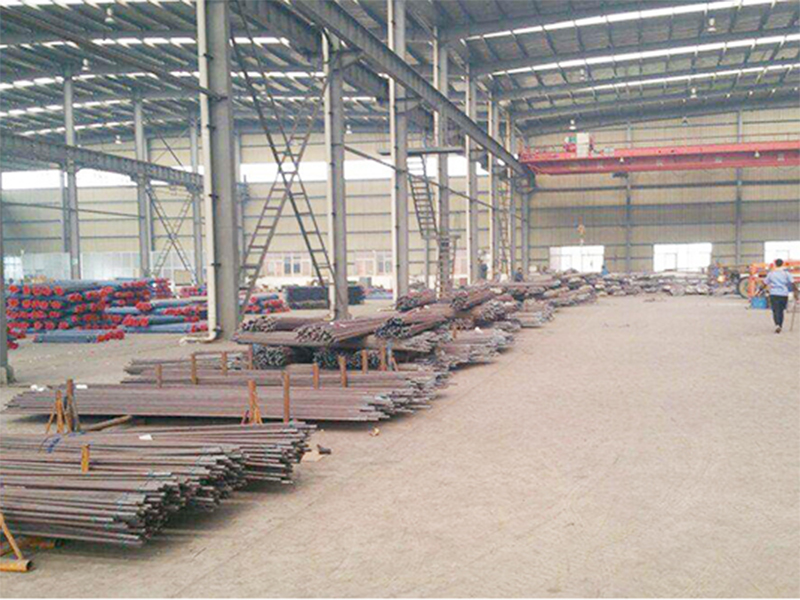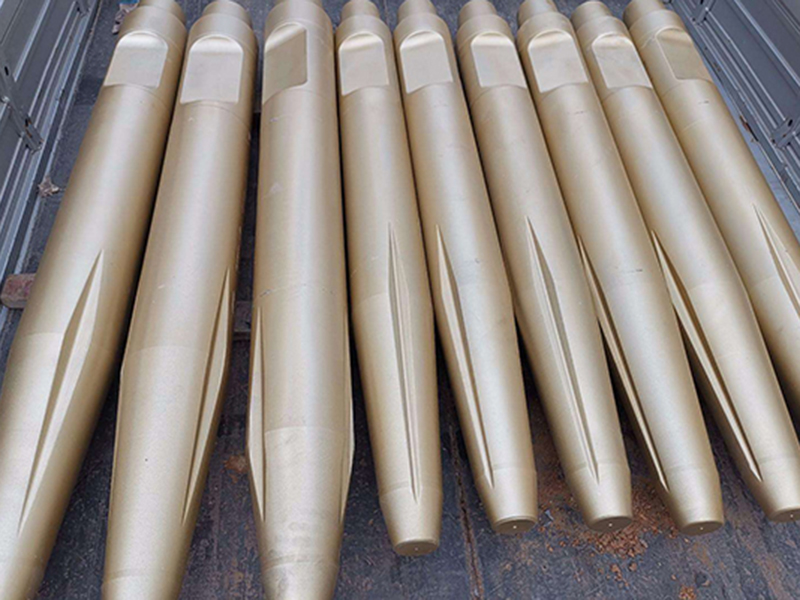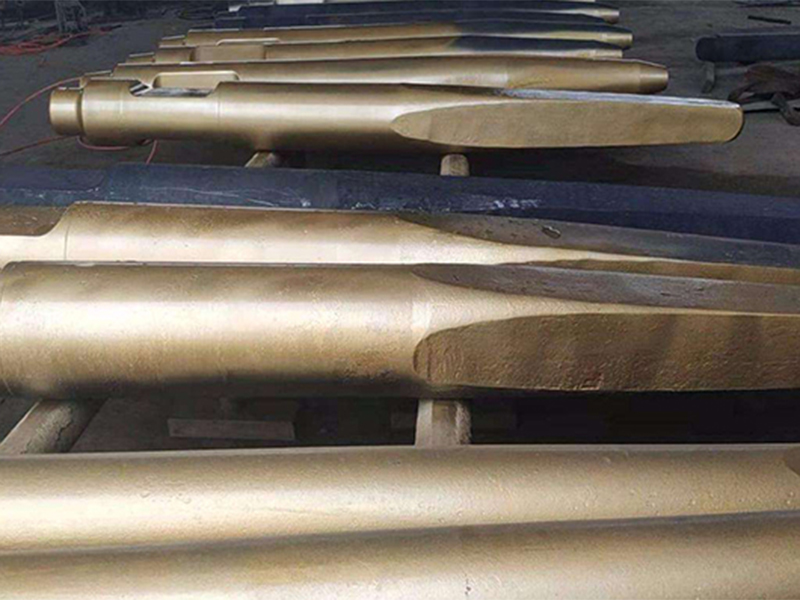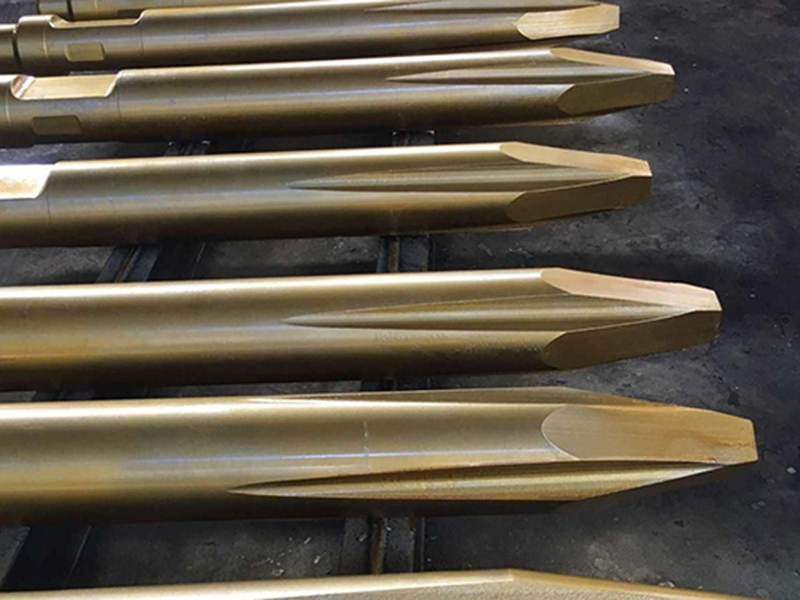What Are The Requirements For Replacing The Broken Hammer Drill Rod
Once problems such as damage or deformation are found in the broken hammer drill rod, in order not to affect the normal use of the equipment, we need to replace it in a timely manner. What are the requirements for replacing the broken hammer drill rod? Below, Gu Jian, a drill rod manufacturer, will share with you some requirements that need to be met when replacing the hammer drill rod.
- Using appropriate downward force can improve the efficiency of the breaking hammer.
- Adjust the position of the breaking hammer - When the impact operation of the breaking hammer cannot break the rock, it should be moved to a new operating position.
- Crushing operations must not be carried out continuously in the same position. If the operation is carried out continuously in the same position, it will cause the temperature of the steel drill to rise, reduce its hardness, and cause the lower end of the steel drill to roll up, thereby reducing the efficiency of the operation.
- Do not use steel drills as levers.
- In the case of underwater devices, it is prohibited to work in water: no part of the hydraulic breaker shall be submerged in water without the allocation of underwater work equipment;
What are the requirements for replacing the broken hammer drill rod
When using a hydraulic breaker in water, it is necessary to equip it with underwater equipment and an air compressor capable of producing 6000lpm/150psl; Note: Working underwater with equipment and air compressors in the absence of water may cause damage to the inside of the breaker. Before leaving the equipment, lower the forearm and confirm that the equipment is in a safe state; All braking and locking devices on the equipment must be effectively used while the engine is starting.
Replacing the steel drill: Prolonged use of the steel drill can cause the lower part to roll and deform. If the end of the steel drill is worn, it is easy for the drill to slip. In this case, the end of the steel drill needs to be sharpened, as repeated polishing can reduce its hardness. If the distance between the steel drill and the guide sleeve is too large, the piston cannot accurately strike the steel drill, causing damage. If the spacing exceeds 9mm, the steel drill and guide sleeve [inner and outer bushings] should be replaced.







